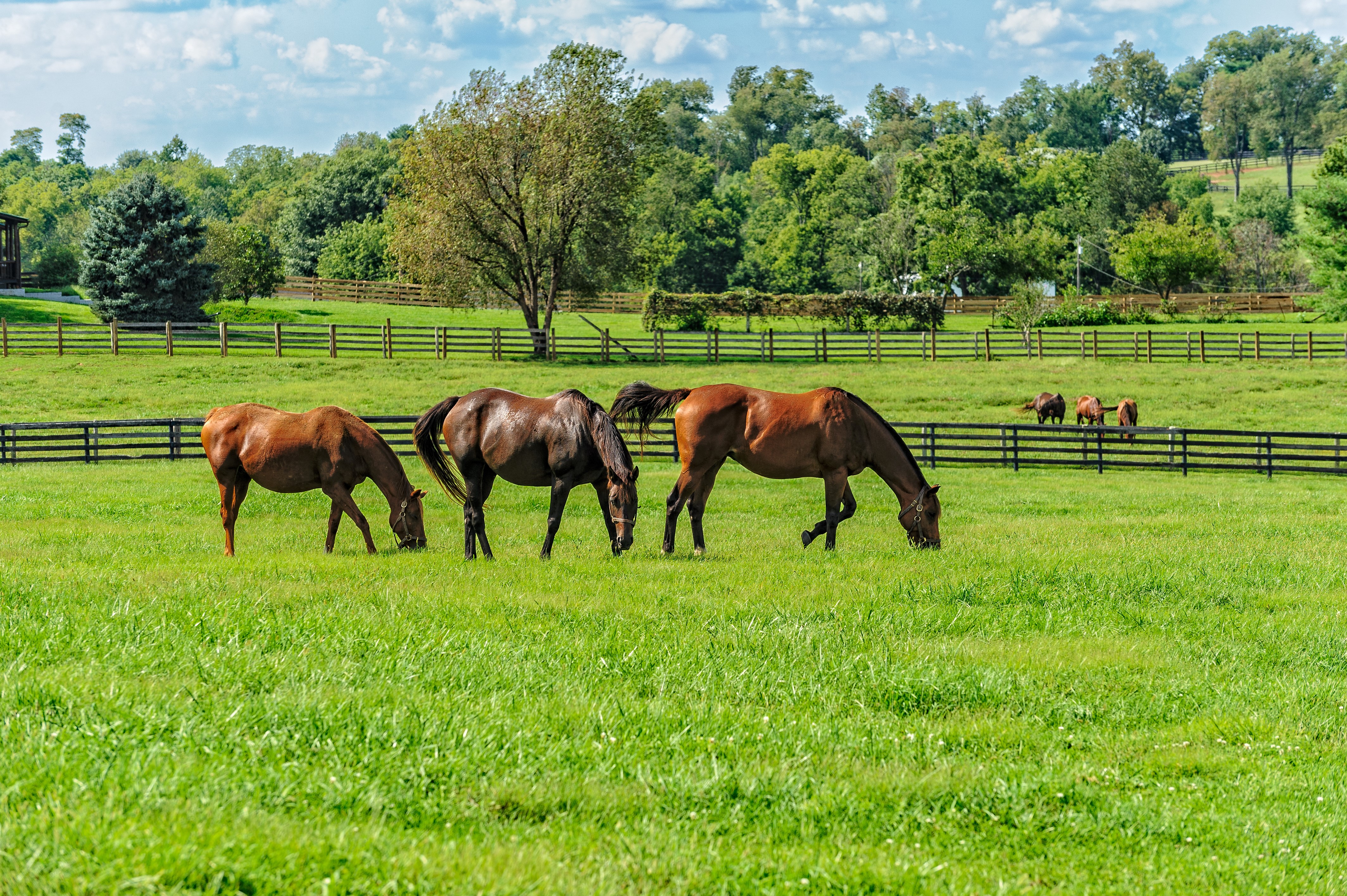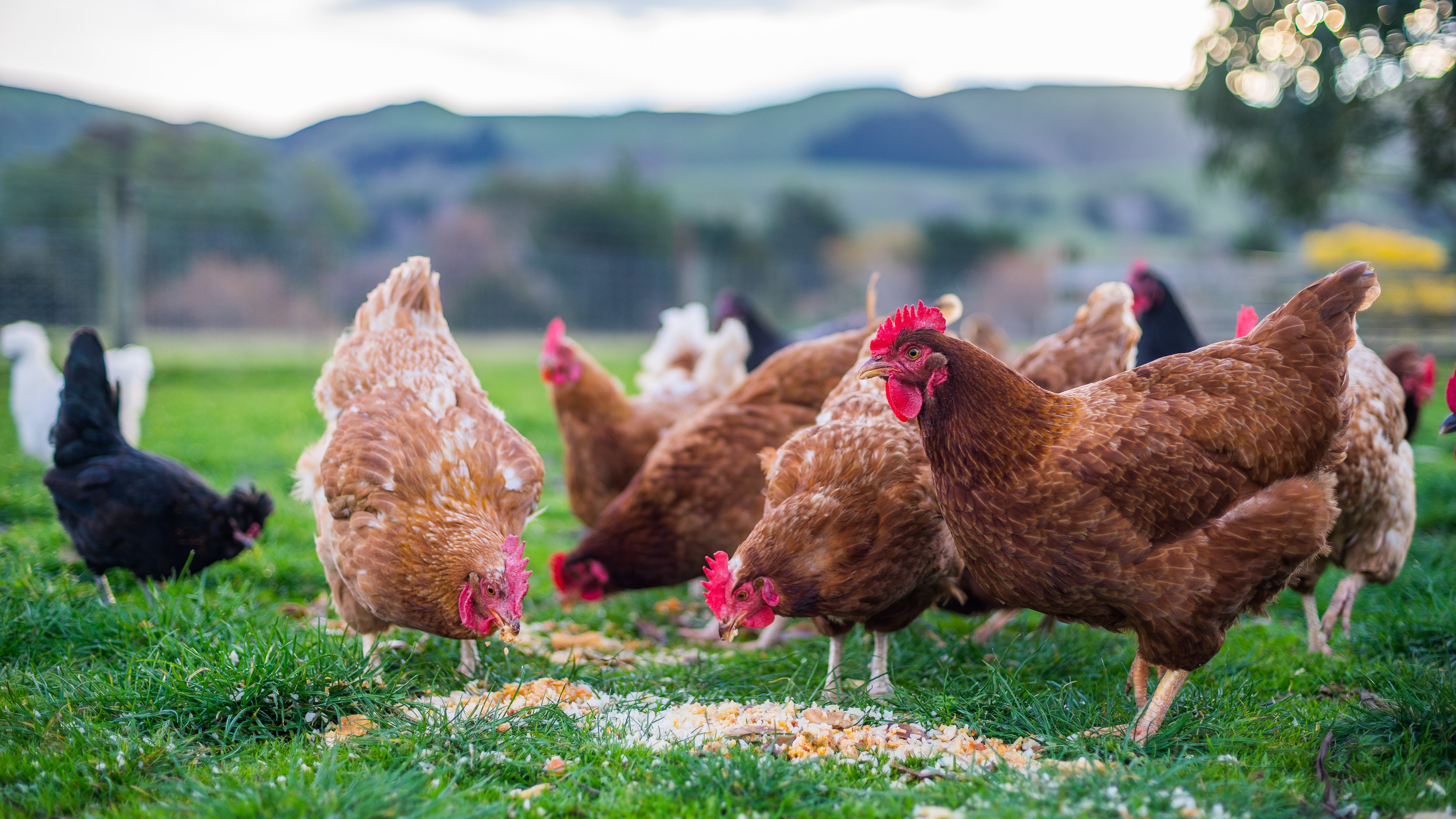Louping detected lambs northwest Ireland Sept2018
Recent cases of louping ill in the north-west
Sligo RVL diagnosed louping ill in three cases of encephalitis from one holding. The animals were 6-12 months old and displayed nervous signs and anorexia before death. Gross post mortem examination revealed mengingeal congestion in one lamb, but no significant findings in the other. Tick infestation in the wool was also noted. Histopathology revealed signs of acute polioencephalomyelitis. The diagnosis of louping ill was confirmed by haemagglutination-inhibition (HAI). Anaplasma phagocytophilum (tick-borne fever) was also detected in these animals.
There were two further cases in which lambs were diagnosed with viral encephalitis. While louping ill virus was not confirmed by testing in these cases, it was discussed as the most likely causative pathogen.
About louping ill in hill sheep
Louping ill is an acute and often fatal tick-borne viral encephalitis of sheep, typically seen in upland areas where the ticks (Ixodes ricinus) are most commonly found. As well as this pattern, it has long been observed that particular mountain ranges, hills, glens and even fields may harbour infected ticks.
These areas are very high risk for sheep that have no resistance to the disease and therefore settled (‘hefted’) sheep flocks, which develop immunity over generations are the simplest control measure. Ironically the disease is rarely seen in endemic (infected) areas because local sheep are resistant. Outbreaks are often seen when sheep which have not previously been exposed are moved into areas where louping ill is endemic. Good mountain sheep stockmanship will avoid this, and mountain sheep flocks are usually highly self-contained by tradition, and for good reason. Disease may also occur on the edge of endemic/infected areas where sheep are exposed to high disease challenge in some years and low or no exposure in other years. This is called ‘enzootic instability’ and is illustrated in the map below which shows the location of some farms with evidence of some sheep that have had exposure to the virus, but also evidence of some sheep with no resistance.
Anything that interferes with the immunity of sheep will increase their susceptibility. Tick-borne fever is a particularly common cause of immunosuppression in sheep, and both diseases may be transmitted by the same tick, with the tick-borne fever lowering the sheep’s immunity and facilitating the louping ill virus as it multiplies within the host.
This disease is traditionally referred to in the west of Ireland as ‘Tremble’ which is a good descriptor of just one of the clinical signs it can cause. It also causes a high temperature, collapse, paralysis, and is frequently fatal. Lambs that get infected by ticks when young may have protection from their mothers and become resistant to the disease without getting sick.
Prevention of the disease relies on
- Stable flock management in areas known to be ‘Louping Ill hotspots’ – breed your own replacements, only introduce locally reared sheep to these areas
- Tick Control – this will have other benefits including on lamb growth and the prevention of other tick-borne diseases like Tick-borne Fever and Tick Pyaemia
- Vaccination – rarely required, and because of this, there is low vaccine uptake, and a licensed vaccine may not be always available or hard to obtain.
Louping ill in other species
Louping ill can also infect a wide variety of animals including humans (and is usually fatal) but infection is very rare, and seems to be related to contact with infected brain material rather than a tick-borne disease. Infection of humans usually occurs through occupational exposure, e.g. post mortem room workers.
Sligo RVL Louping Ill Survey 2011
Sligo RVL did a survey for louping ill antibodies in sheep blood samples submitted for other purposes in 2011 and found evidence of exposure to the disease was detected in sheep on farms throughout the region. Some flocks which submitted multiple blood samples had both positive and negative sheep – these negative sheep (with little or no specific immunity) in flocks with evidence of exposure are at especially high risk of the disease.
See summary map below

Figure 1: Distribution of exposure to louping ill in sheep from north-western Ireland examined in Sligo RVL in 2012: note distribution of seropositive samples corresponds with areas of mountainous land
Reference
‘Seroprevalence of Louping Ill virus (LIV) antibodies in sheep submitted for post mortem examination in the North West of Ireland in 2011’
Irish Veterinary Journal 2012; 65(1): 20. Damien Barrett, Daniel M Collins, Guy McGrath, and Colm Ó Muireagain






